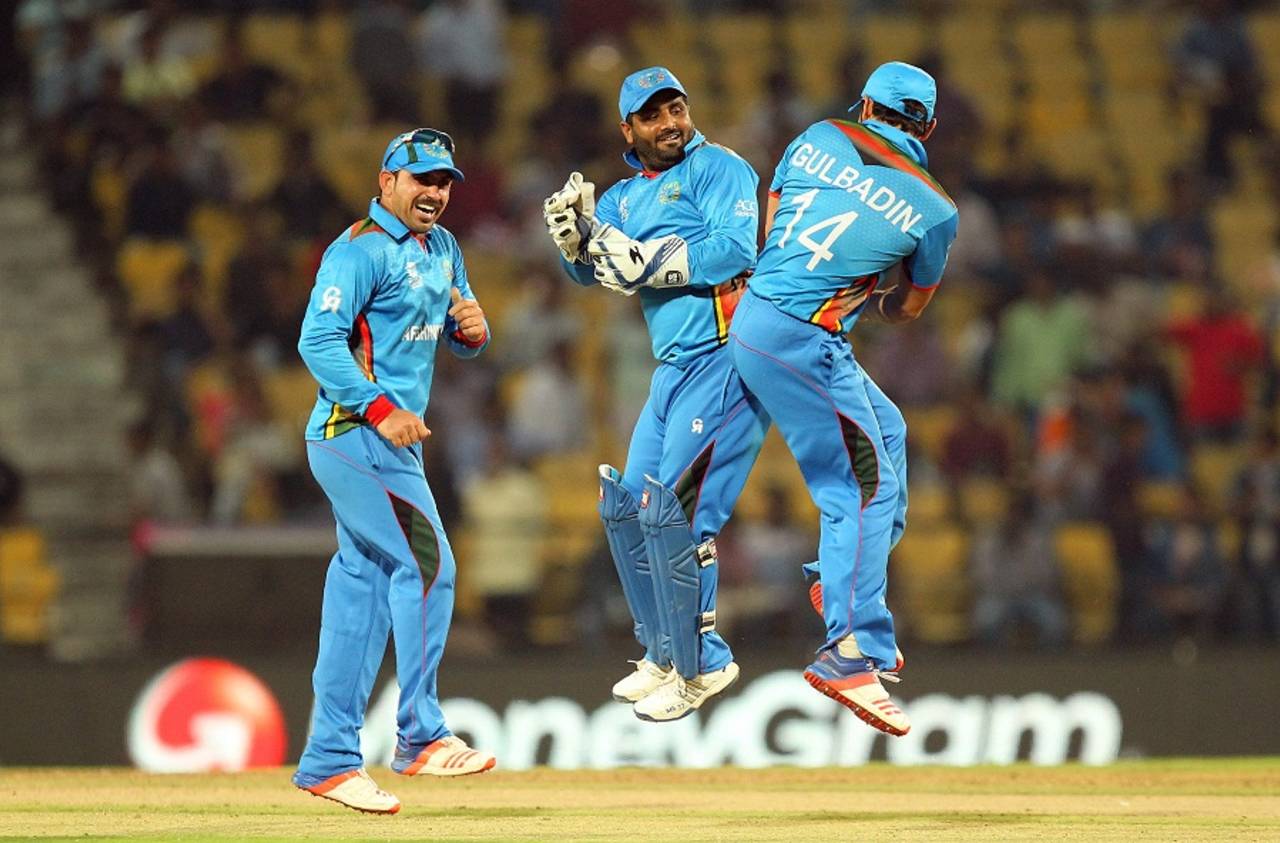I have been fortunate to cover the World T20 right from the start this time, from the first round, where you get an opportunity to have a good look at the emerging teams in world cricket.
I have long held the view that international cricket should be a place where only teams of genuine international quality get to compete. I realise that this is quite the idealist view, especially when you have a limited number of teams playing the sport.
I still hold that view but understand the efforts of the ICC to get more and more countries to join the community of cricket.
Fund the nations that have youth who like to play cricket and give them the chance occasionally to test themselves against the big guns of the sport. This is where you do that, in tournaments like the World T20.
I must confess, I generally look at the Associate teams with some skepticism. My most overpowering thought has been: can these teams ever be as good as those in mainstream cricket?
Yes, they can. We have seen that with Bangladesh.
Bangladesh today cannot be called minnows anymore. In limited-overs cricket they are a team that is respected as worthy opposition by all sides. Bangladesh's recent success has been vital for all the other emerging nations.
It has taken a while for them to get where they have, though, and they will need more time to become a formidable team that is expected to win against any team in all conditions.
The important word here is "time". It takes time for such things, and I believe if we give Afghanistan time, they can become a quality international side. They will probably take less time than Bangladesh did to become the side they are today.
For the moment, let's forget about expecting all these emerging teams to become strong Test teams. It may take a lifetime or even be impossible. Why, some of the current Test sides are not quite international class. So let's stick to limited-overs cricket ambitions with these teams.
Afghanistan have a few important things going for them.
Like in Bangladesh, cricket is a very popular sport in Afghanistan. People come in large numbers to watch the big regional games. That brings with it popularity for the players, and that is the single biggest motivator. Who does not want to be popular? Young Afghans want to be cricketers, their ticket to stardom.
Afghanistan have looked very "match aware" in this tournament, unlike some of the European teams I saw in the first round. The Afghanistan players looked street-smart and knew what was needed to win a game of cricket.
They have exceptionally skilled players too.
Mohammad Shahzad, Mohammad Nabi, Dawlat Zadran, Hamid Hassan, and their captain, Asghar Stanikzai, are players who will impress even the hardest to please the cricket watcher.
As a team, Afghanistan are in the game every ball, showing an attitude of wanting to be better than the opposition right through, and they seem to have a good time while doing so.
Let's forget about expecting these emerging teams to become strong Test teams. It may take a lifetime or even be impossible. Let's stick to limited-overs cricket ambitions with these teams
They are also naturally strong. Lack of strength hurt Bangladesh when they started, and it took them a while to develop the physical ability needed as batsmen and bowlers to match the others at the highest level. Afghanistan already have this. Their batsmen hit the ball a long way, and they have three bowlers who can bowl consistently at 140 kph.
What they miss is athleticism. As a fielding side they have the intent but they often stumble in their eagerness to get to the ball quickly. Another, more critical, shortcoming is limited ability, which came to light in their first Super 10 match,
against Sri Lanka, who, incidentally, are not one of the stronger international sides at the moment. In fact, this aspect was shown up when Shahzad, their star batsman, had his moment on the big stage against the new ball in that match.
He just could not get the ball to or over the boundary the way he is renowned for. International bowlers are just that much smarter - they know where to land the ball to not get hit easily. This is when somebody like Shahzad starts feeling, "People will now think I am only good against Associate bowling attacks."
It's exactly how we felt as successful first-class cricketers playing against a quality international side for the first time. It needed just one good performance and we were on our way as international players. And we got to play those sides more often than Afghanistan will.
I know it's not easy to achieve, but the more matches teams like Afghanistan play, the quicker they will become truly international class.
It's basically applying the Ramakant Achrekar theory of coaching. Achrekar was the man who coached Sachin Tendulkar and many other exceptional Indian players. He did not believe much in net practice; instead he got the boys he coached to play matches every day to become good, hardy cricketers, and some of them became geniuses in the process.
Former India batsman Sanjay Manjrekar is a cricket commentator and presenter on TV. His Twitter feed is here
